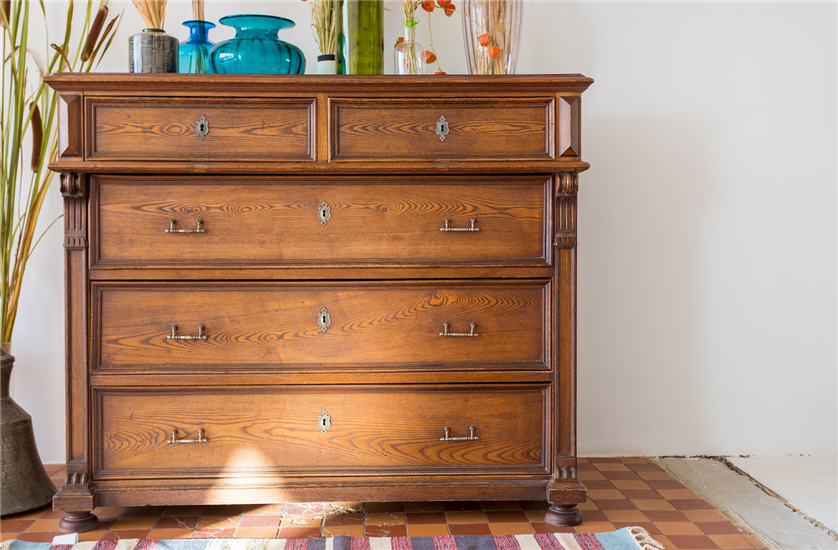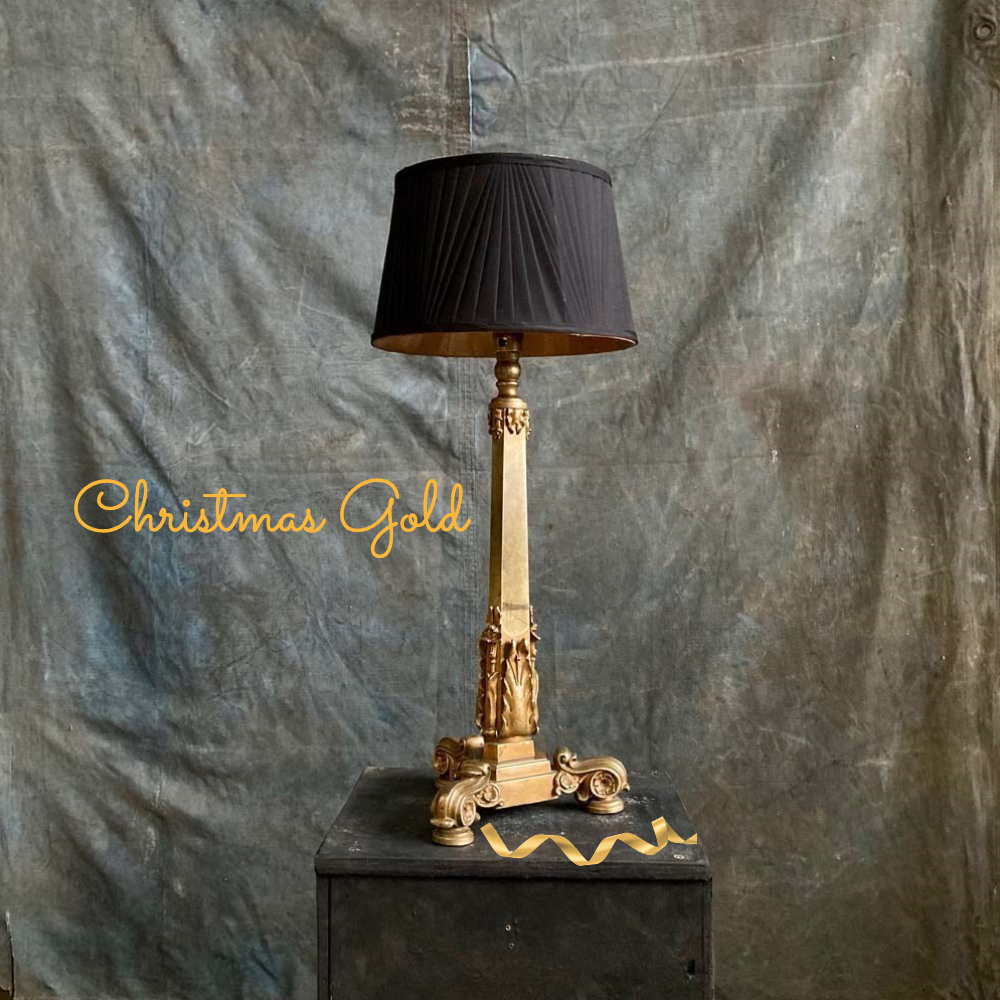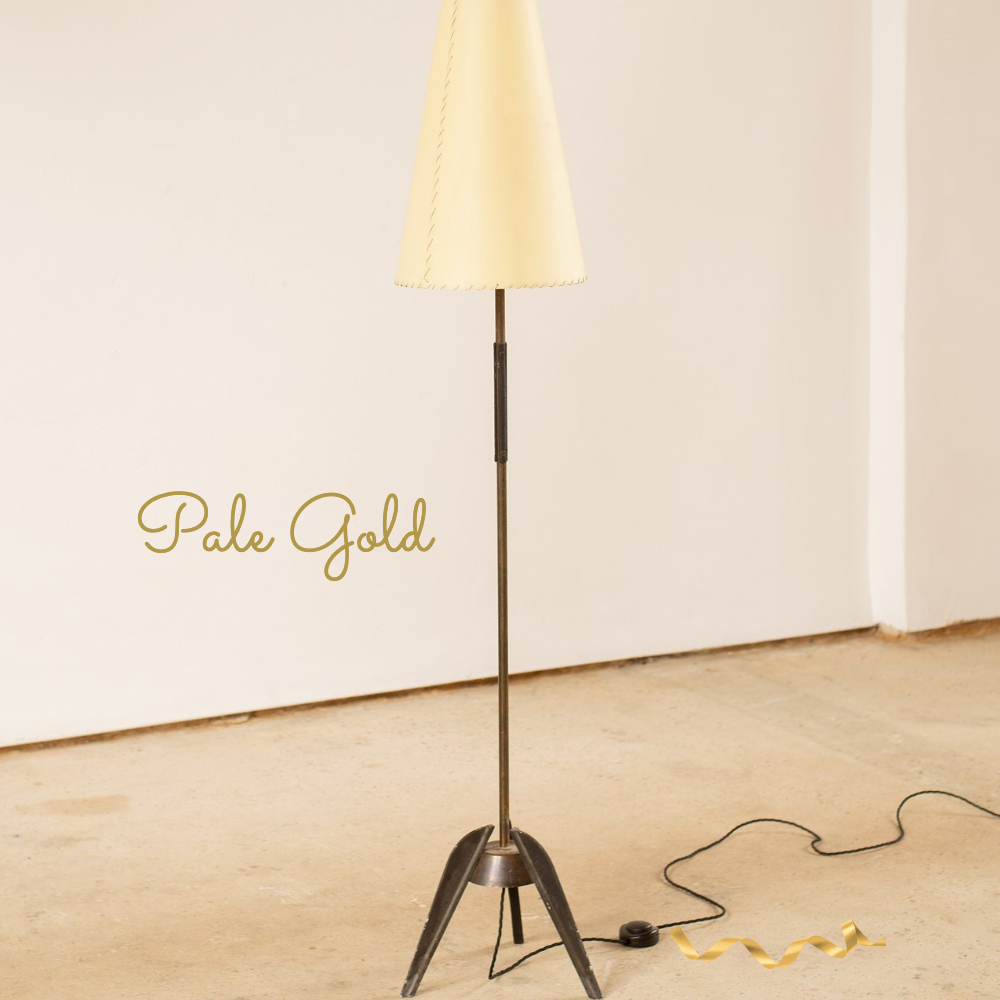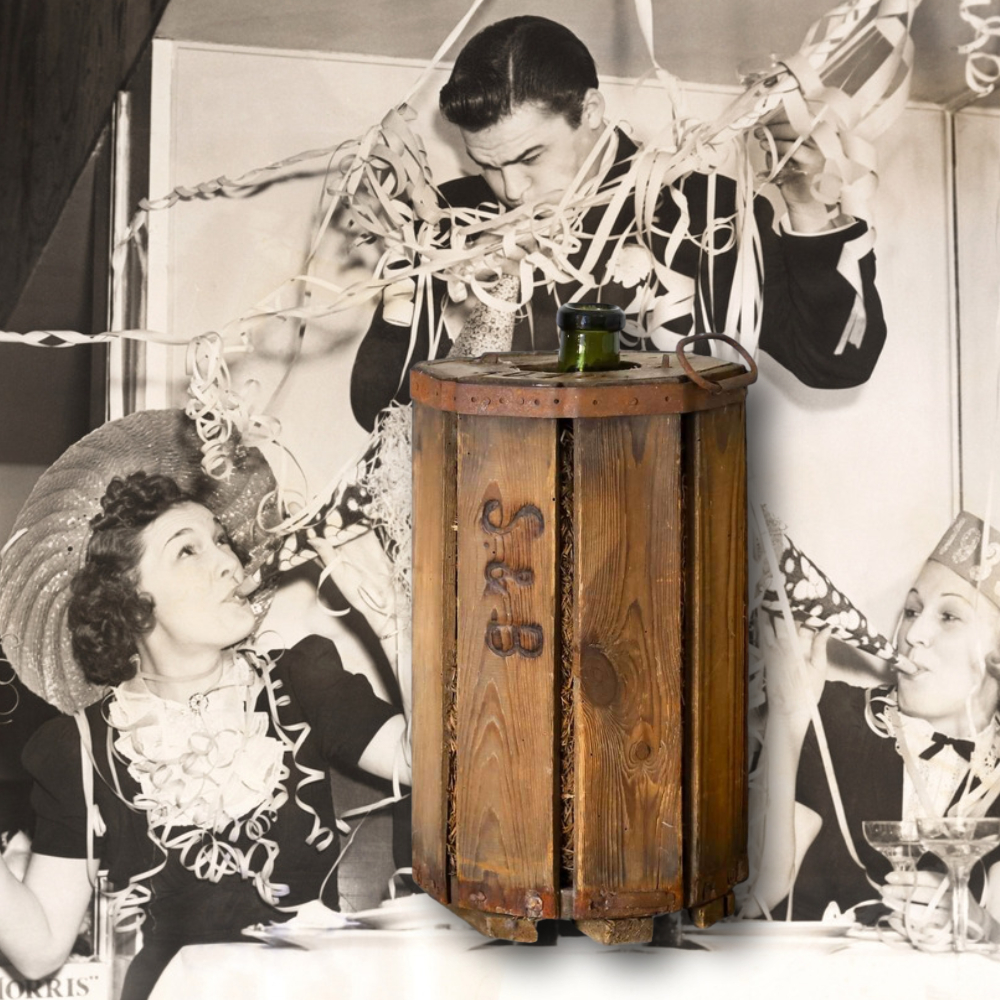
If you’ve recently bought or inherited a piece of antique furniture, you’re undoubtedly keen to understand more about it, including the type of wood used to make it. Identifying wood in antique furniture can be challenging, especially if it has been stained or developed a patina.
Before you begin – is it real wood?
Before you start trying to identify the wood used to make your antique furniture, check to ensure you’re dealing with real wood. Could it be plastic made to look like wood or a man-made composite like MDF?
The best way to tell if it’s real wood is to look at the end grain. This is the surface of the wood that is exposed when a piece of wood is cut across the growth rings or layers of the tree.
Real wood's end grain looks distinctly different from that of manufactured wood.
The types of wood used in antique furniture
The provenance of a piece of furniture can tell you a lot about the materials used to make it. Some types of wood were more prevalent during particular design periods and in certain places in the world.
Different types of wood are often more suited to particular kinds of furniture. For example, mahogany was the wood of choice to make chests of drawers in the late Georgian period.
Here we look at five of the most popular types of wood used in antique furniture.
1. Pine
Pine is a type of softwood which is yellowish-white in colour. As it ages, pine gets darker, making it harder to identify. It’s often used to make the skeleton of furniture and then covered with a veneer.
2. Mahogany
Mahogany is a type of hardwood that has a rich reddish-brown colour and a fine grain. It is incredibly durable and is a popular choice among European furniture makers for high-quality, intricate pieces.
3. Oak
Oak is a robust hardwood often used for sturdy pieces like antique cabinets. It ranges in colour from light tan to medium brown, although it’s often stained. Its attractive grain pattern has made it a popular wood for furniture.
4. Walnut
Walnut is a type of hardwood known for its dark brown colour and attractive grain patterns. Unlike some of the other types of wood we’ve listed here, walnut gets lighter as it ages. It’s often used to recreate antique pieces.
5. Cherry
Cherry is an exquisite wood type favoured by furniture makers for high-end pieces that require a smooth-fine texture. It has a warm reddish-brown hue that darkens over time as it develops a rich patina.
Identifying wood – the bottom line
Experience counts for everything when it comes to identifying the type of wood used in antique furniture. Stains, veneers, and man-made composites are all red herrings that can lead you down the wrong path.
If you’re struggling to identify a particular type of wood, ask an expert for their help.






